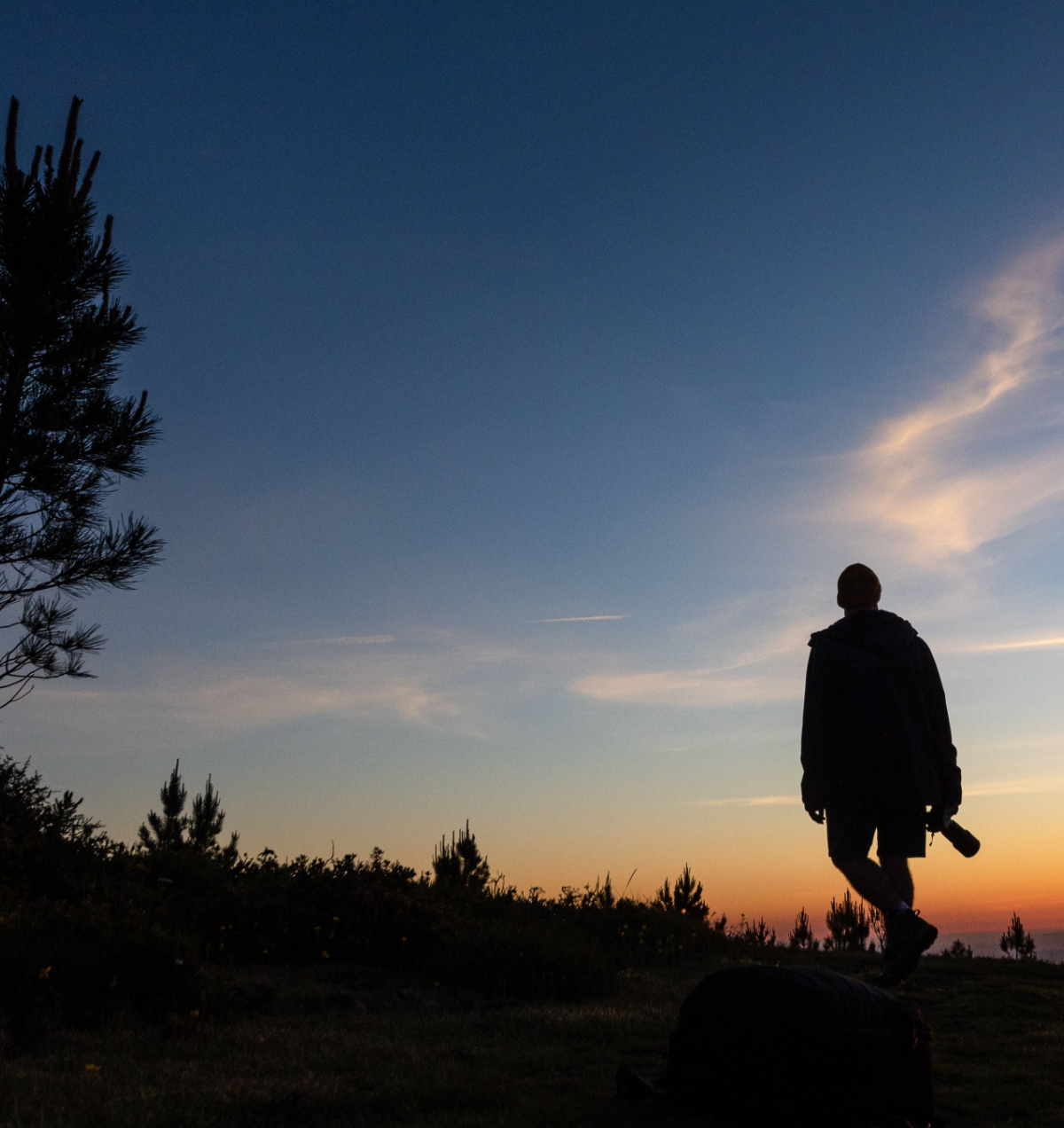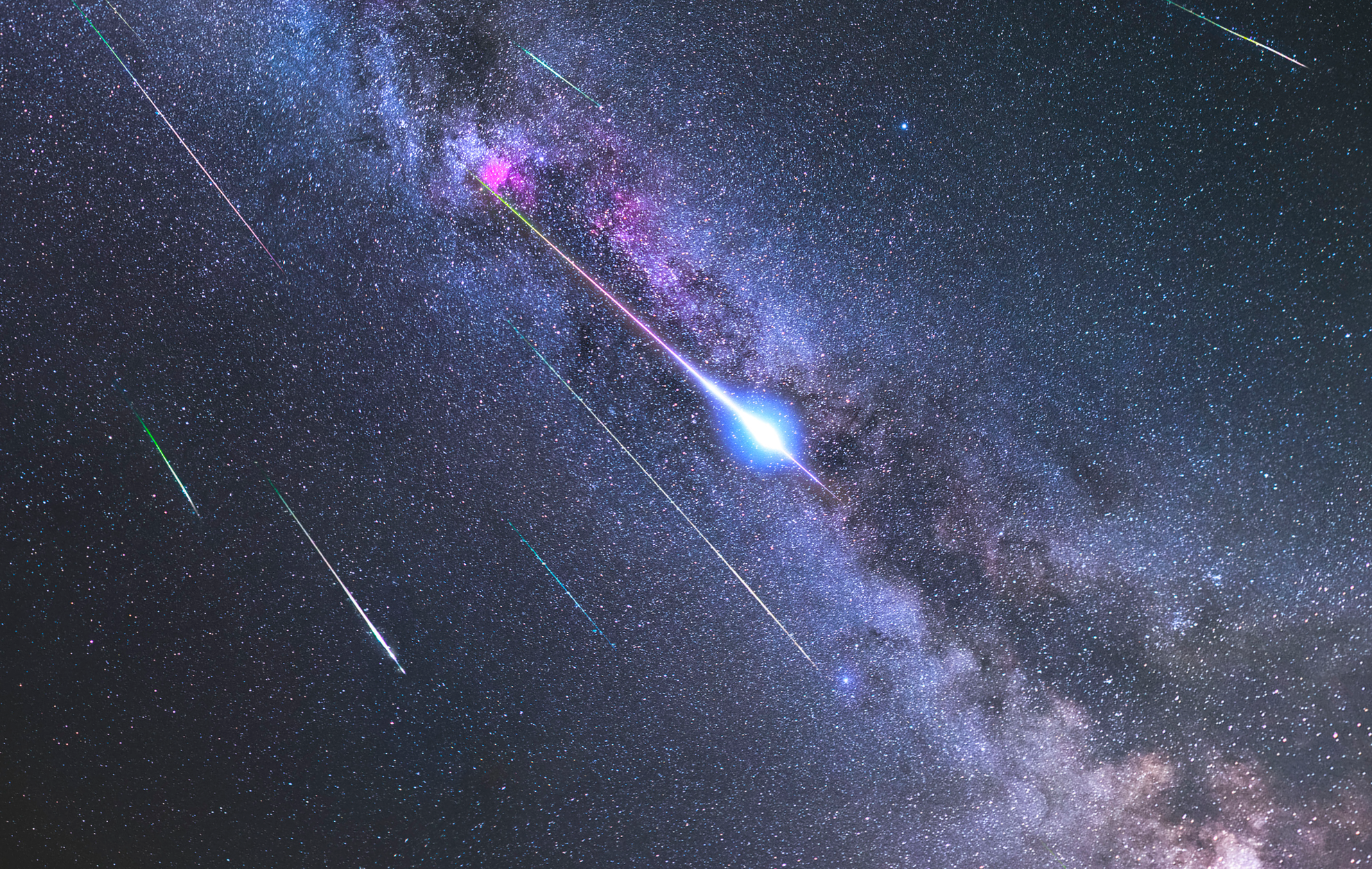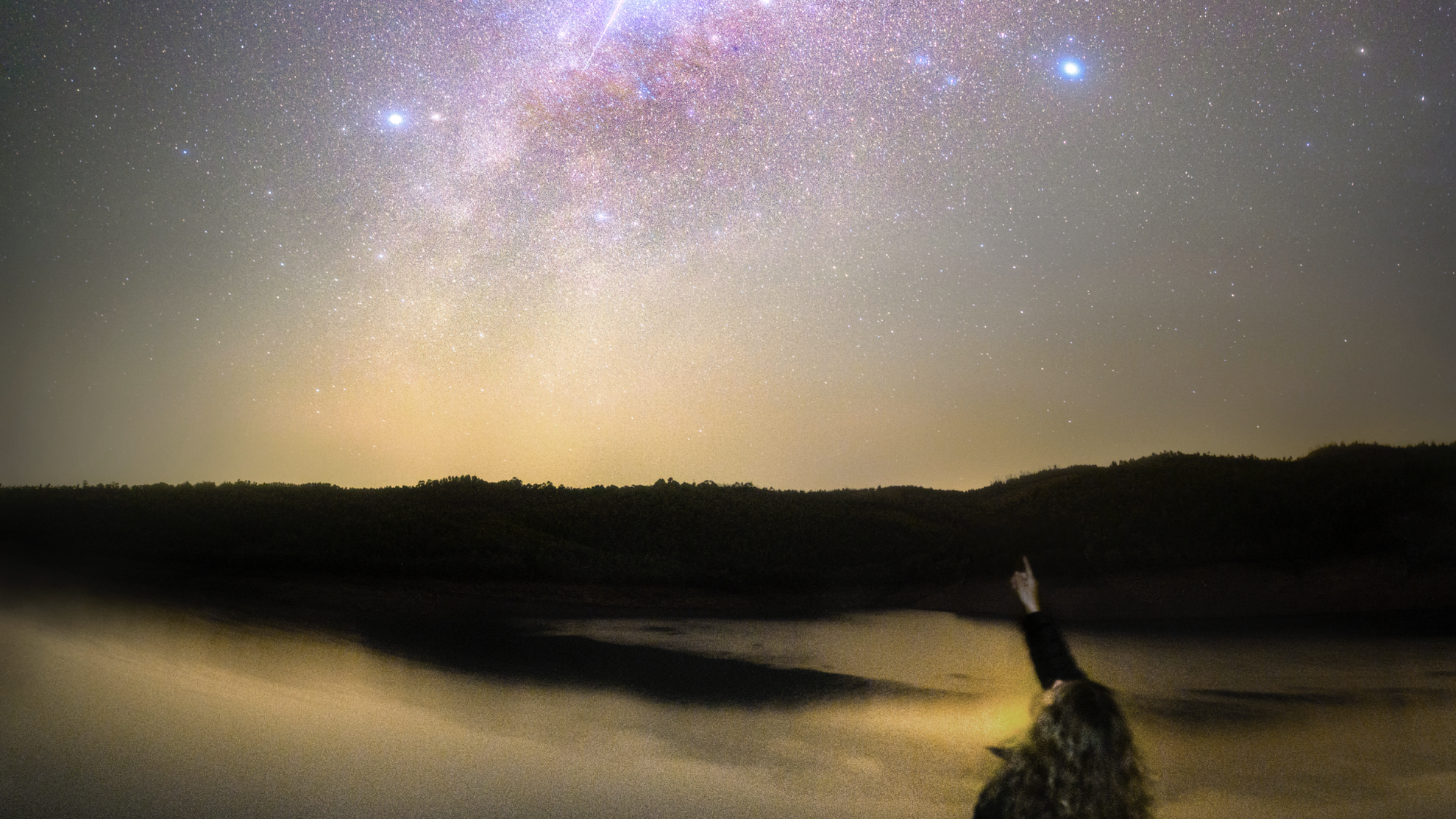training
the excellent conditions for visibility, transparency, and darkness of the sky, as well as the readiness and quality of the tourism services
Guide Training and Offer Adaptation
In addition to the Starlight Tourism Destination certification awarded to Starlight Aldeias do Xisto, partners interested in making astro-tourism a cohesive and attractive investment are involved. For the development, promotion, and commercialization of specialized and integrated products that explore the full potential of dark sky activities, it is essential to engage and sensitize local operators, enhancing the tourism offer and adapting it to the specifics of astro-tourism. With this goal in mind, between 2021 and 2022, ADXTUR conducted training sessions for both public and private sector agents. The topics covered included astro-tourism, astronomy, and light pollution, addressed in several sessions by nationally and internationally recognized scientists: Raúl Lima, PhD in Physics Engineering - Modeling and Measurement of Light Pollution; Nuno Santos, researcher at the Center for Astrophysics of the University of Porto; and Miguel Claro, official astrophotographer of the Dark Sky Alqueva Reserve and holder of several awards in astrophotography. The sessions also included participation from Apolónia Rodrigues, president of the Dark Sky Association.
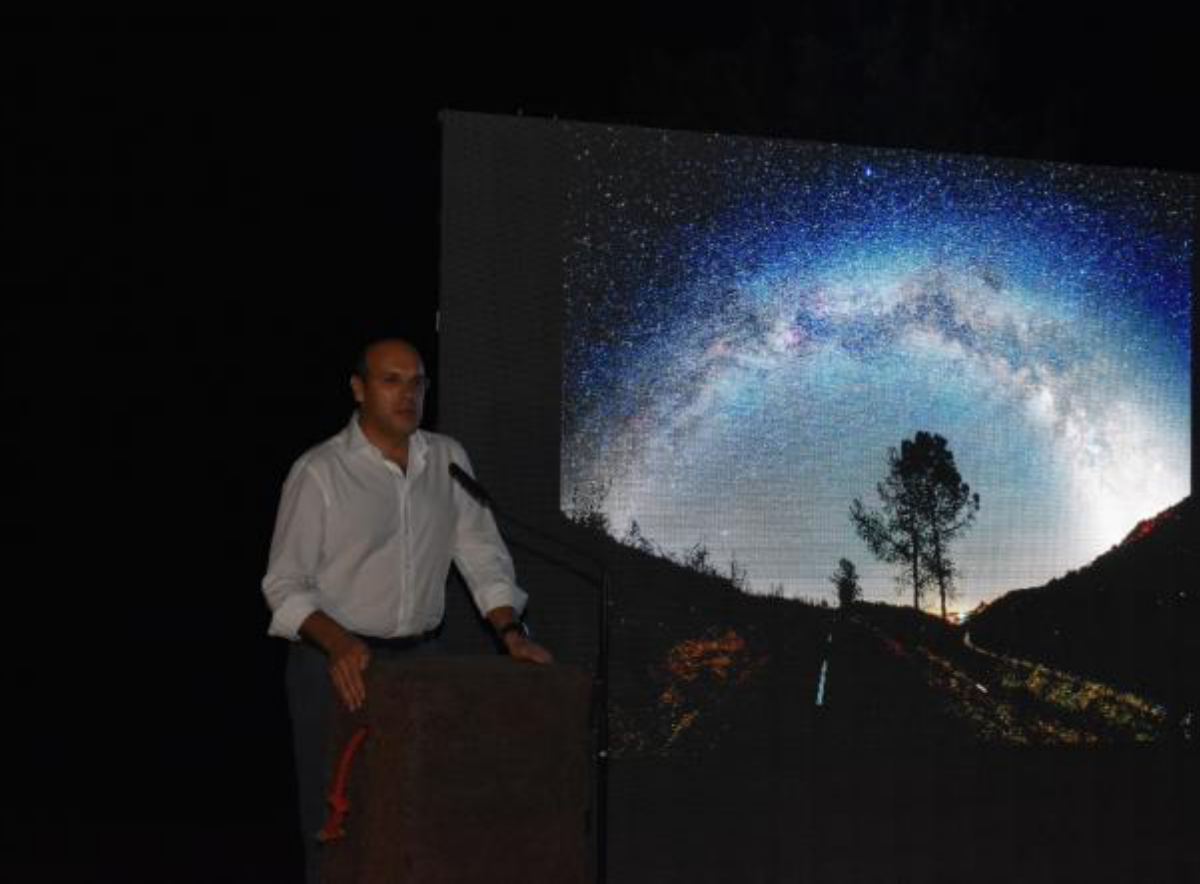
Sky Guides
Since astro-tourism is a highly sensory market, it is crucial for each of the operators involved to understand its specificities. In addition to creating physical infrastructure and training tourism operators, investing in the training of sky guides is essential. Just as important as having knowledge about astronomy or light pollution is the ability to communicate this knowledge and adapt responses to different types of audiences. This is also a central aspect of the Starlight Aldeias do Xisto project.
Light Pollution
Did you know that 99% of the population in Europe and North America lives in areas with light pollution? And that the Milky Way is no longer visible to the naked eye for 66% of the European population? Portugal is actually one of the worst regions in Europe, with light pollution from the coast reaching deep into the interior of the country. When discussing light pollution, we are not only talking about excessive light but also the impacts this excess has on various areas: astronomy, ecosystems, health, economy, landscape alteration, security, tourism, science, education, and social sciences. A paradigm shift is urgently needed to continue enjoying the sky in its entirety and ensure that balance is maintained on Earth. Considering this scenario, the Dark Sky Aldeias do Xisto also embraces an environmental and sustainable component.
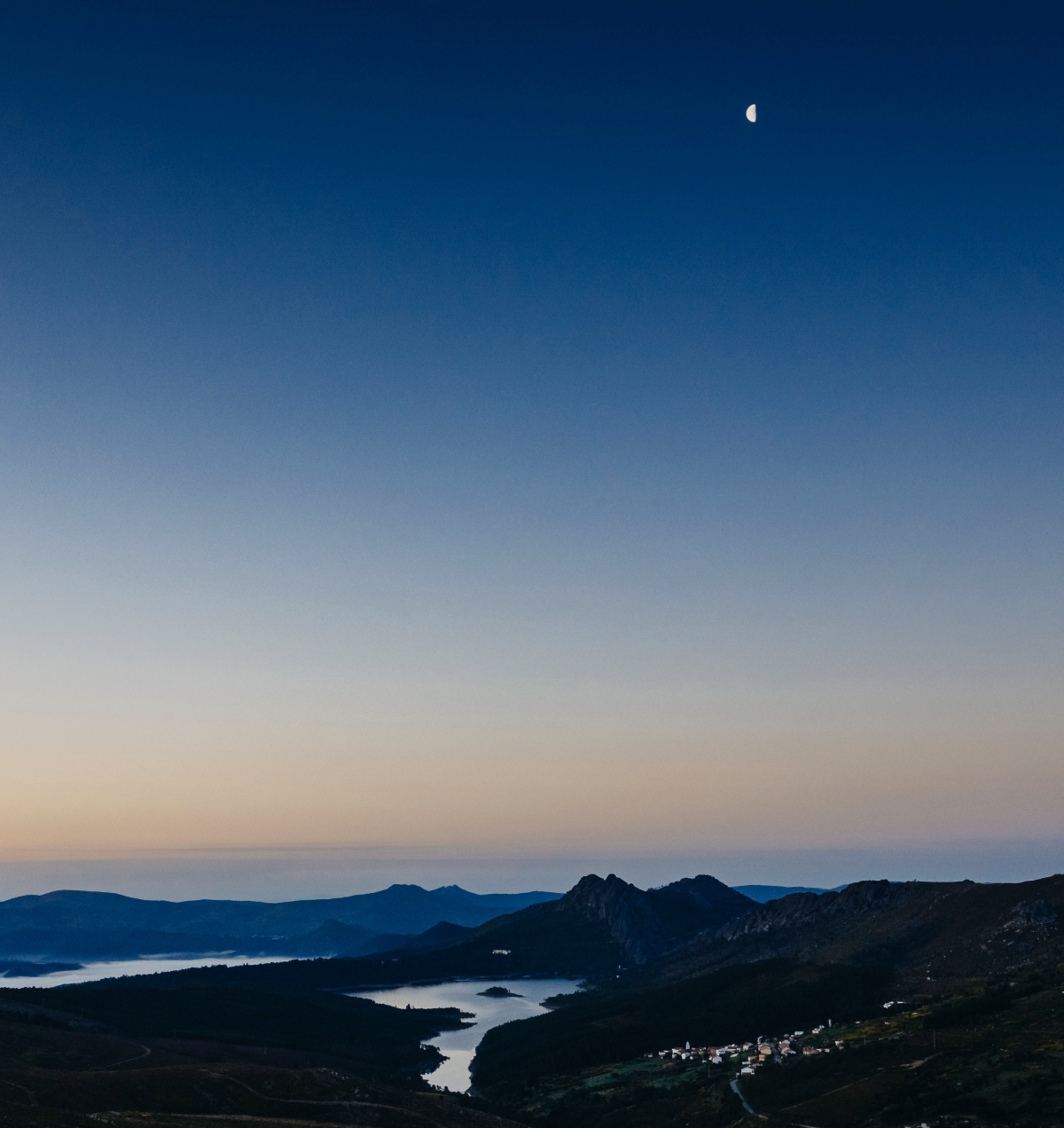
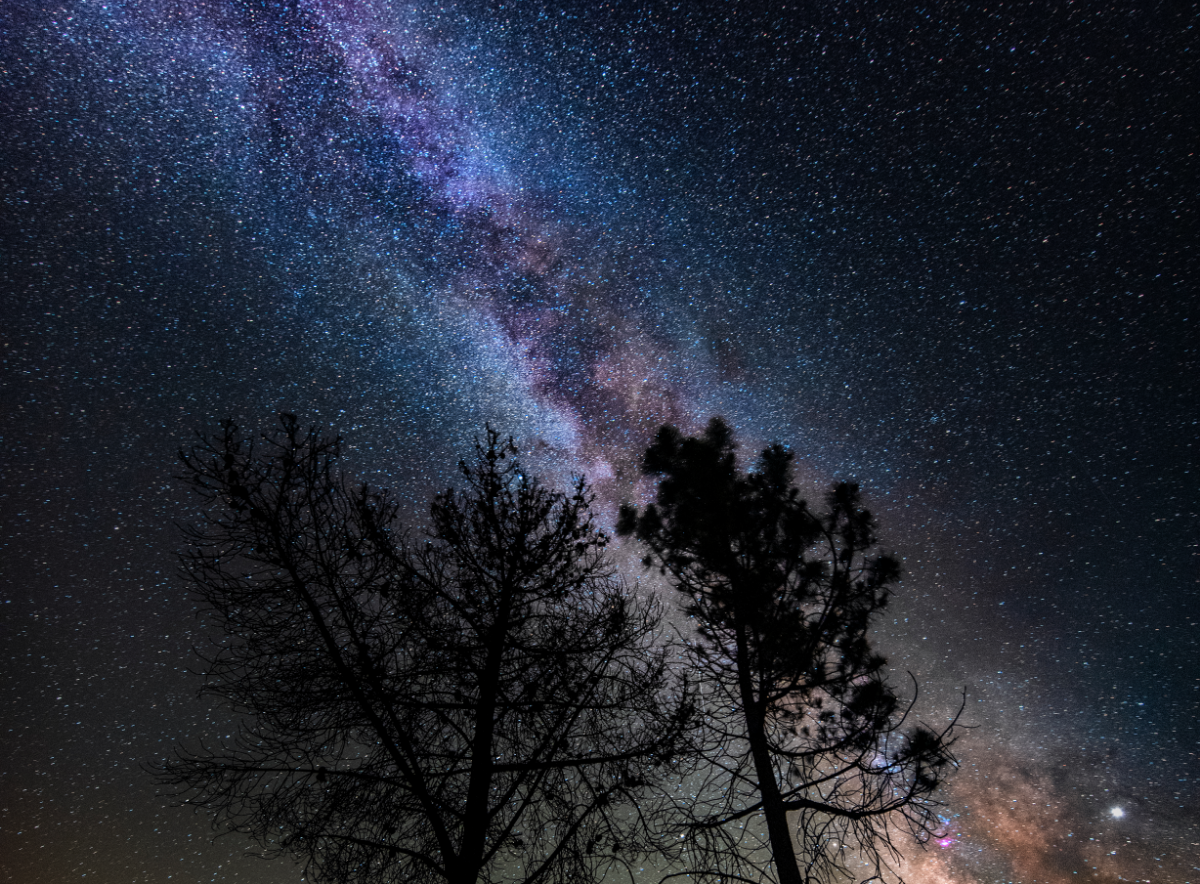
What to Do to Restore the Night
- Change habits (opt for amber lights instead of white LEDs)
- Embrace darkness as an intrinsic part of nature
- Reconsider lighting (illuminate only where necessary, rather than merely for aesthetic reasons)
- Turn off unnecessary lights
- Create legislation and regulations, for example, by setting limits on public lighting
- Include light pollution on the political agenda
- Invest in education and research
- Establish more dark sky reserves
How to Observe the Sky
To ensure a quality experience when observing the night sky, several factors should be considered. As important as the equipment used, it is essential to know which objects will be observable, any predicted astronomical phenomena, the phase of the moon, weather conditions, and the time when the sky darkens. The brightness of the moon significantly affects sky observation conditions, both with the naked eye and through a telescope. Ideally, choose a time during the New Moon phase, when luminosity is lower. The time of year also plays a crucial role, as the time when the sky is dark enough for observation varies with the seasons. Similarly, the type of observable objects changes throughout the year, with some times being more favorable for viewing the Milky Way and others for seeing different galaxies. Weather conditions are also a critical factor; it is essential to anticipate clear sky nights.
